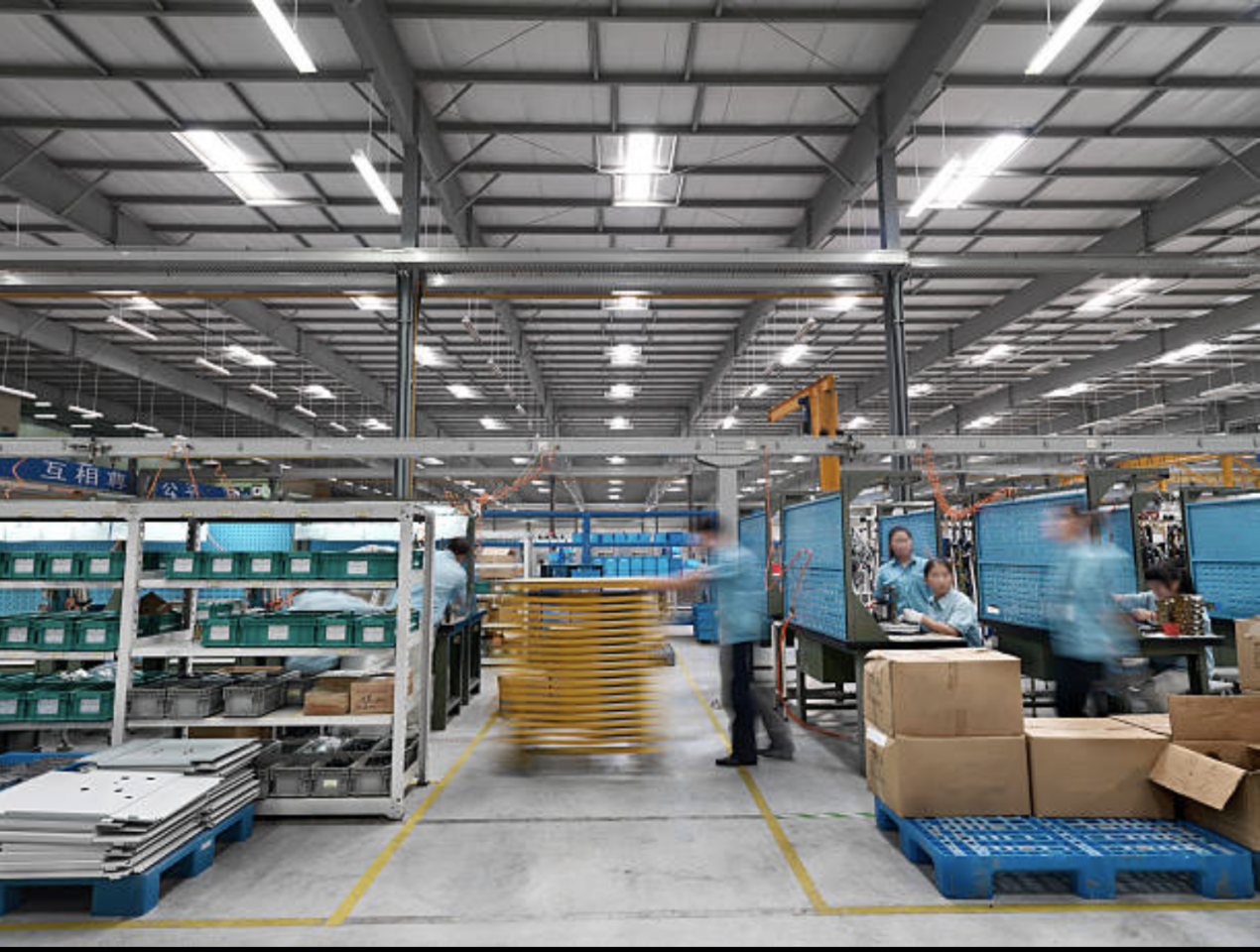When it comes to manufacturing, smart companies are always looking for a competitive advantage. One way they can do so is to optimize their business’ value chain.
A value chain is a term that Michael E. Porter came up with in his 1985 book, Competitive Advantage, to describe the steps that need to be taken, from start to finish, in order to produce a product, or deliver a service.
So, what does value chain mean in manufacturing? If you analyze your own company’s value chain, you may be able to figure out ways to make the process simpler and cheaper. For example, if you do not spend enough time and money in product planning, you may save money in the short run, but you may end up with products that end up being recalled, or that simply do not sell well. By paying closer attention to your value chain, you can increase communication and cooperation, and increase your customer satisfaction.
5 Major Components of the Value Chain
According to Porter, a successful value chain must contain the elements below. Without these components, the company will not succeed. Here is how they break down when it comes to manufacturing.
The five major components in the value chain:
- Inbound logistics: In manufacturing, raw materials are needed to produce products. A warehouse may be needed to store the products, and a system of getting the materials to the warehouse must be running well, in order for this part to work.
- Operations: This is the process of taking those raw materials, and manufacturing them into a product. For example, if you had a business making anti-gravity chairs, you would need to take the metal and plastic needed for the chairs, and then process them into the chairs.
- Outbound logistics: This is the process of storing and distributing the finished products for sale. It is important that this runs well – for example, if your company manufactures artificial Christmas trees, but you are unable to get the trees into stores until mid-January, you will not sell many trees.
- Marketing and sales: If potential customers do not know a product exists, they will not be interested in buying it. This is why companies pay to market and advertise their product – in order to increase sales and revenue. Anything from traditional advertising to in-store displays to social media marketing falls into this category. Some companies have an in-house sales team to sell their products directly to customers, while others simply get the products into stores, which are then sold by others to customers. This category also involves figuring out what customers want.
- Service: If a customer buys a watch that stops working after three months, they are going to want to get the watch serviced – or get their money back. Ideally, the better the product is manufactured, the less time and money needs to be spent on service. But companies who do not offer good service may see sales decrease, as word gets around about their policies.
4 Support Components in the Value Chain
Porter also identified the following as the four support components in the value chain:
- Company infrastructure: This can include anything from the buildings themselves, to the equipment used to manufacture products.
- Human resources: Even though you are manufacturing products, you need policies and procedures in place to handle people. This can include things like hiring and firing people, as well as offering benefits like health insurance.
- Technology development: Companies that do not keep up with the latest in technology may find themselves lagging behind competitors. This category includes things like having the right systems and solutions in place, like quality management software.
- Procurement: Who takes care of ordering the raw materials, paying for things like computer tables and chairs, and buying the things that need to be purchased to keep a business running smoothly? Without procurement, a business can fall apart.
Where the margin comes in
Porter also talked about how the profit margin would be larger if these categories provided more value – at lower cost. For example, a company may find it more profitable to outsource some of the support activities to others, rather than have an in-house technology department. On the other hand, businesses may be willing to make bigger expenses in the short term to increase profits over the long haul.
For example, they may want to hire an outside advertising firm to market their product and increase consumer awareness. While this will be an expense at the beginning, it will result in many more sales, particularly if the advertising hits a nerve with customers’ needs. The same rationale goes for spending more time researching consumers’ needs for a new product – the short-term expenses could result in long-term sales.











